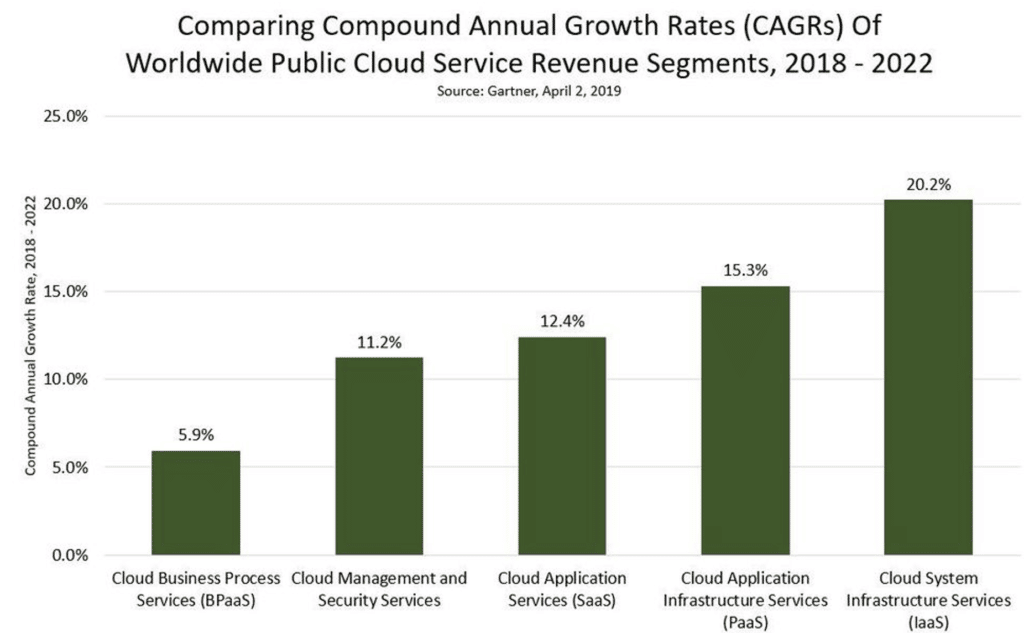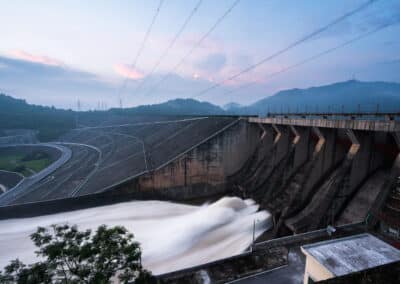
In this three-part blog series, our Chief Technology Officer, David Bankston, walks through cloud computing technology and explains why it’s so critical for the future of water and climate resiliency.
Cloud computing has become the preferred technology solution for businesses of all kinds. Done correctly, it brings tremendous benefits to an organization. Done poorly, it can be a big headache. This three-part series will help you better understand the fundamentals of cloud computing and why it’s essential to future success for all businesses and organizations.
There are Three Prominent Types of Services:
- Infrastructure as a Service (IaaS) – the physical layer of the computing environment: networking hardware, routers, servers, and storage.
- Platform as a Service (PaaS) – focuses on providing the customer with a set of tools and software that is used for product development, powerfully integrated with the user’s infrastructure.
- Software as a Service (SaaS) – (where the concept of “Cloud computing” originated) when you purchase a software application that runs on someone else’s servers via the Internet (ex. Salesforce.com). The SaaS model limits customer Cloud interactions within the application that is being served.
IaaS implementations are now the second most popular type of service and growing (projected to exceed $76 billion in 2022).
Within Cloud Computing are Four Models:
- Public Clouds (the most common deployment) – when the hardware, software, and other services are shared across many customers (subscribers). Customer data is separated inside a secure Virtual Machine (VM) running on the server. This VM protects and isolates each customer with its own virtual instance of the computer that is only accessible to them. Customers only see their information and applications and nothing else.
- Private Clouds (most useful when you need absolute independence from other organizations for regulatory reasons) – dedicated hardware and software to a business or organization. This model offers the highest level of control over configurations, performance, security, reliability, and application data. Private Clouds are many times more expensive than public Cloud offerings and are not required for most small to medium businesses.
- Hybrid Clouds (useful when you want to keep some of your business operations on-premise and some in the Cloud) – give the flexibility to keep public and private clouds running in parallel. For example, large financial businesses may want to maintain highly confidential information stored on local computers and store less secure information in the Cloud.
- Community Clouds (designed for sharing across an organization) – an excellent choice when a company or organization comprises many like groups that all need similar but separate Cloud services.
There are three major Cloud provider players. First, there was Amazon AWS (Amazon Web Services)… then, came Microsoft Azure… and now, Google Cloud. Most major organizations have already selected their providers and have active contracts and infrastructure deployed. New startups and small businesses who want to go big need to plan and deploy a Cloud infrastructure.
Once a business has selected a provider and model, migration is the next process to plan carefully. I will discuss details to consider in part two.
David Bankston
Chief Technology Officer, True Elements





